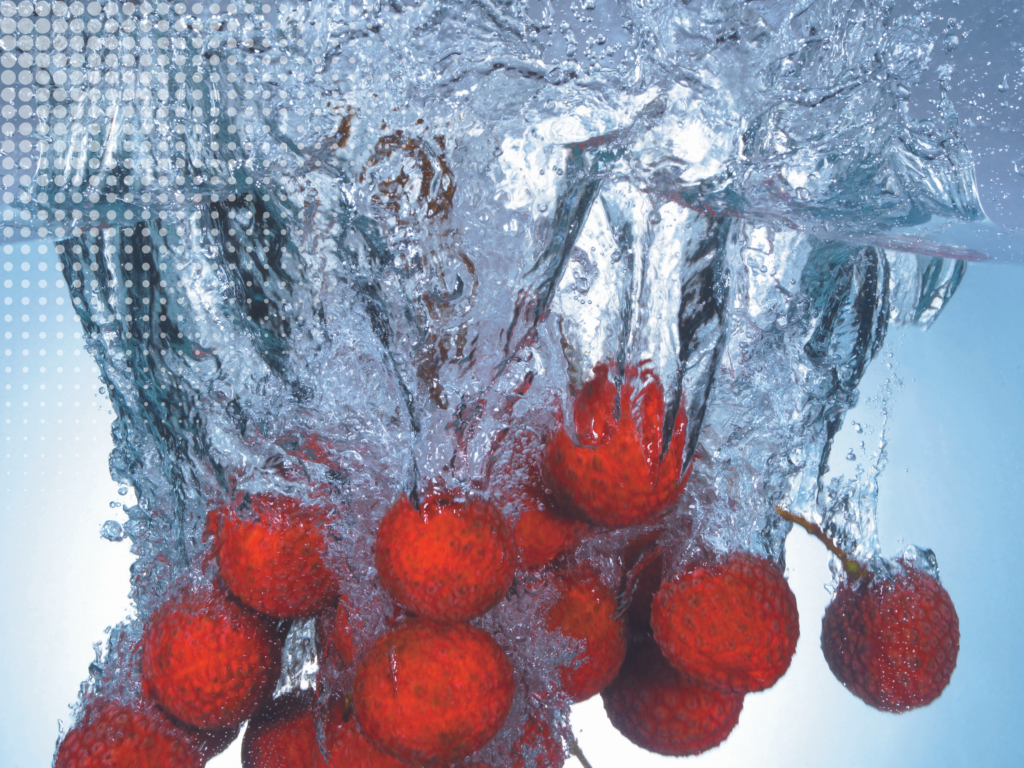In the midst of World War II, when global food preservation was a pressing concern, Luis H. Bartlett, a Professor of Engineering at UT Knoxville, emerged as a key innovator with his 1943 patent for the “immersion process of food freezing.” This breakthrough not only addressed the immediate needs of the time but also laid the foundation for the advanced food preservation techniques we rely on today.

Bartlett’s method was truly revolutionary. By immersing foods such as fruits and vegetables in a liquid medium that was chilled below their freezing point, he achieved a rapid and efficient freezing process. What made his technique particularly innovative was the use of a two-step immersion process: first, the food was coated with a specific liquid that acted as a protective barrier. Then, it was immersed in a second liquid that was immiscible with the first, meaning the two liquids wouldn’t mix. This clever approach allowed the food to freeze without direct exposure to contaminants, ensuring the integrity and safety of the preserved food.
This patent was more than just a technical achievement—it was a monumental leap forward in the field of refrigeration and food preservation. Bartlett’s work not only enhanced the shelf life and quality of frozen foods but also made large-scale food storage more feasible during a time of global need.

Further solidifying his influence, Bartlett authored “The Handbook of Refrigerating Engineering” in 1948. This book became an essential resource for engineers and scientists in the refrigeration industry, serving as a comprehensive guide to the principles and practices that underpin modern refrigeration.
Bartlett’s contributions extend beyond his patents and publications; they are a testament to the power of innovation in addressing real-world challenges and shaping the future. His legacy continues to impact the way we preserve and enjoy food today.